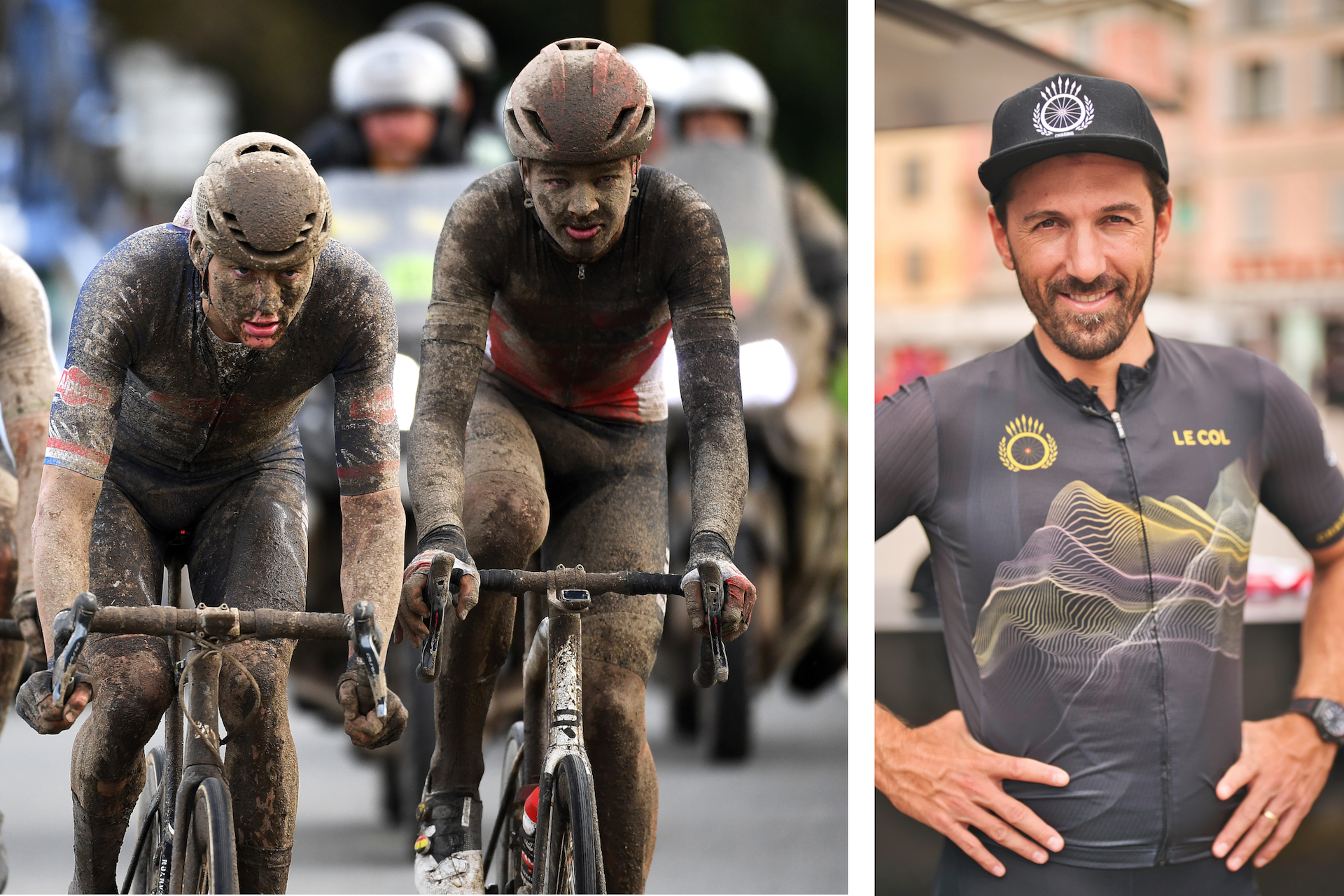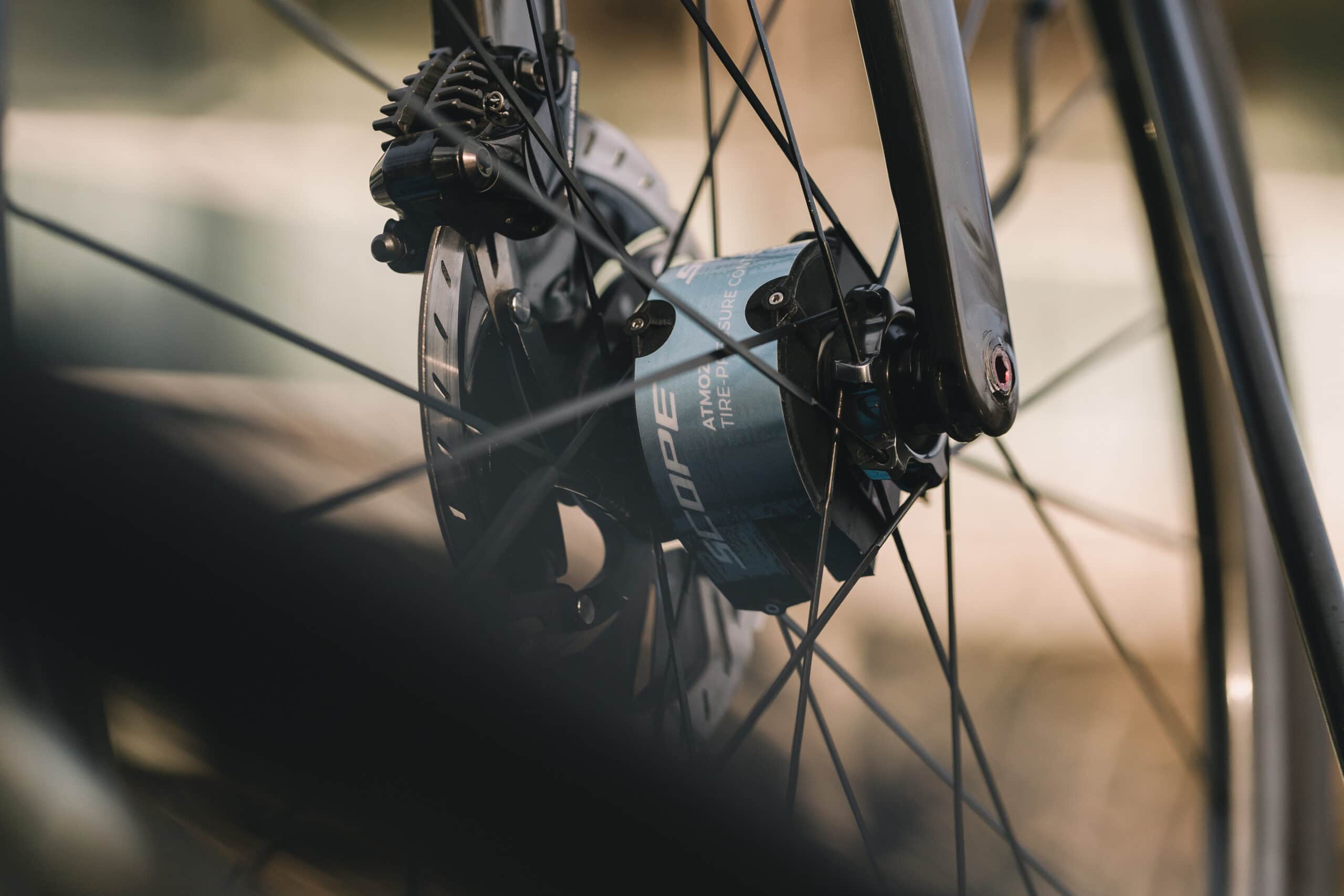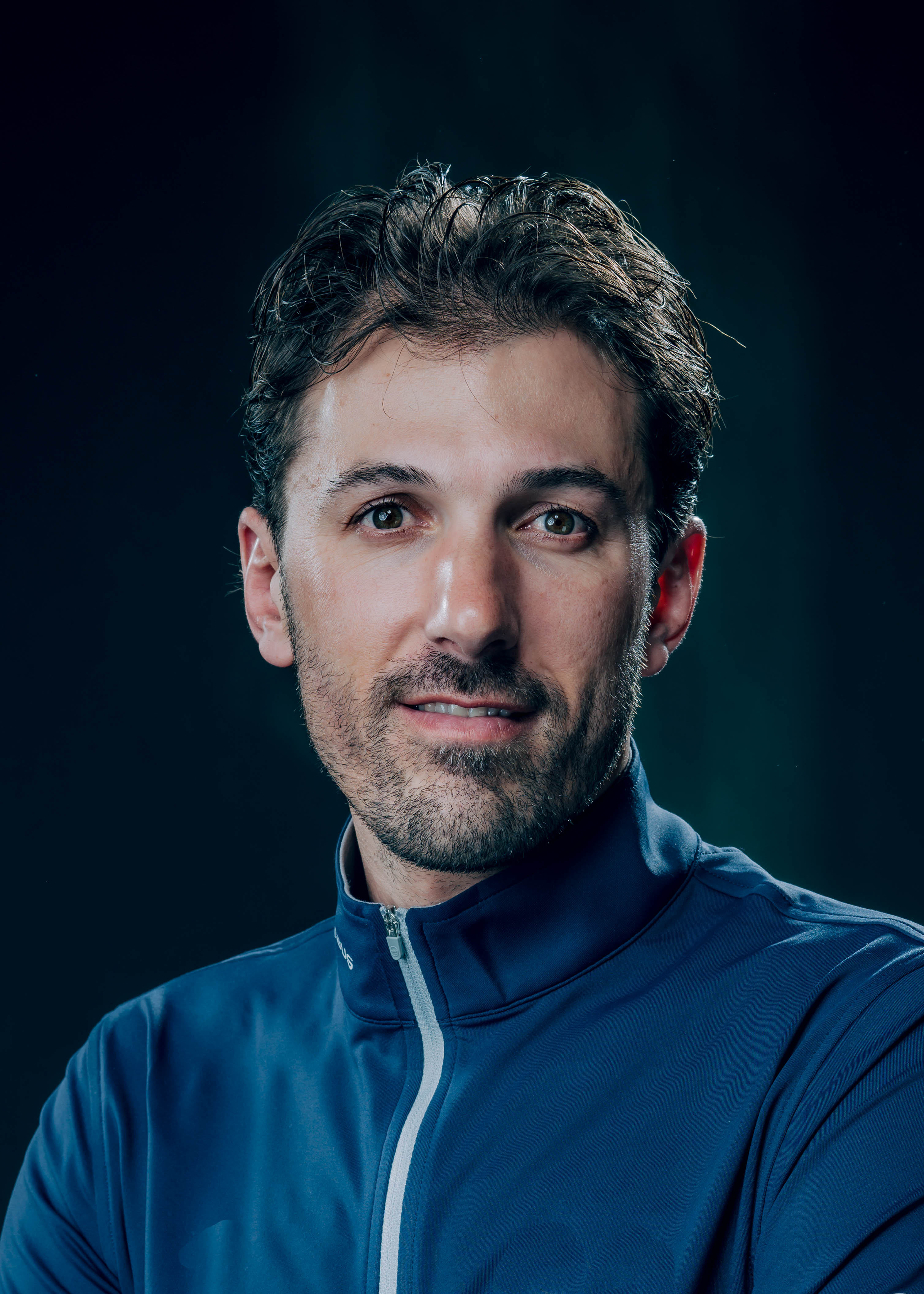Cancellara’s Classics column: Your legs make the difference at Paris-Roubaix, not tyre pressure
Van der Poel is favourite, but Küng the dangerman is ready to step up

There are a lot of question marks coming into Paris-Roubaix, because a lot of teams have had to make changes this Spring with so many sick riders. That makes it quite interesting, actually, but also frustrating, because we’re not seeing the best of the best in their best shape.
I’m thinking especially of Wout van Aert (Jumbo-Visma), who was my five-star favourite for the Tour of Flanders before he got ill with COVID-19. He’s back this weekend, but it’s hard to say what shape he is in. You have to take the coronavirus very seriously and manage the return carefully, because you don’t know the effects it can have afterwards. You have to put health first.
Now, I don’t how long he was properly sick. Maybe when Van Aert was in isolation, he was already able to train like crazy on his home trainer. Those are things we don’t know. And we all remember Mat Hayman winning Roubaix after preparing on his home trainer for weeks beforehand. But that was after a broken arm, and I think these are completely different circumstances. I don’t want to underestimate Van Aert, but it’s clear that he’s not the favourite, because you definitely lose some form when you have to take time off like that.
So when it comes to talking about the favourites, two other riders stand out for me: Mathieu van der Poel (Alpecin-Fenix) and Stefan Küng (Groupama-FDJ). I can relate a little bit to each of them coming into this edition of Paris-Roubaix. I’ve been in Mathieu’s position, where you come into Paris-Roubaix on a high after winning the Tour of Flanders. In some ways, he has no pressure at all on Sunday, but still, of course, he will want to take advantage of his form and win this race too. Amstel last week wasn’t the perfect day for him, but perhaps it was also a moment to catch his breath a little bit after Flanders.
Cancellara's Classics Column: Van der Poel schools Pogacar with badass move
Cancellara's Classics Column: Wout is out, Tour of Flanders is wide open
Cancellara's Classics Column: Pogacar has something to learn, Van der Poel has nothing to lose
Cancellara's Classics Column: Surprised but not surprised by Girmay
Even so, based on the way he has been racing recently, maybe Stefan Küng is in an even stronger position coming into Paris-Roubaix. My fellow countryman has really impressed me with his consistency this season, and he looks like a guy who is ready to make the big breakthrough. He has already shown great condition in races where the parcours doesn’t really suit him so well, like in Harelbeke and the Tour of Flanders. Now he’s at Paris-Roubaix, which is a much better fit for a rouleur like him, as I found earlier in my career too.
In Flanders, we saw that maybe he’s still missing that little punch on the climbs, but coming over the cobbles at Roubaix is a different kind of effort: it’s longer and steadier. And if Stefan gets a gap of a few seconds, he can hold it, he’s shown that already. I don’t want to put more pressure on him, but he knows that he has it in the legs to win. It could be the start of a new adventure for him. He’s not the big favourite, but he is what I call the ‘danger favourite.’ The whole cycling world knows that, too.
Of course, in Roubaix, you can have all sorts of possible scenarios. Compared to Flanders, there’s always more of a chance for a break to go from distance, and this year, we’ve been seeing a lot of people going early in races too, and that’s kind of interesting. With the likely dry conditions, meanwhile, we can certainly expect a fast race.
Get The Leadout Newsletter
The latest race content, interviews, features, reviews and expert buying guides, direct to your inbox!
Outside of my two big favourites, we have to see what Ineos do, because we’ve seen some nice performances from them, and with some unexpected riders too, whether it was Magnus Sheffield or Michal Kwiatkowski. As for Filippo Ganna, it’s not clear what his condition is like. Maybe he’ll surprise us, maybe he won’t.
For Trek-Segafredo, Mads Pedersen can be good, though he’d probably prefer if the weather was going to be worse. Alexander Kristoff can be an outsider too. He was really impressive at Scheldeprijs, so you never know.
As usual, there will be a lot of attention on QuickStep-AlphaVinyl, because they have had such a difficult Classics campaign, and that echoes what I said at the start about how much illness has affected things this Spring. That said, I think Kasper Asgreen hasn’t been in bad shape. We’re not suddenly going to see them race like the usual QuickStep of previous years, of course, but this is still a chance for them to change the game. They will have to anticipate the favourites, and in many ways, they have nothing to lose at this point.
One more thing to think about

Still, while we can have surprises at Roubaix, in the end, it's the legs that make the difference. It’s as simple as that.
Or is it? I saw that the UCI have allowed DSM to use an in-race ‘tyre-pressure management system’ at Paris-Roubaix. When I first heard about it, I actually assumed it just meant they could check their tyre pressure, but it seems they will be able to adjust it too.
I’m not so sure about it. I mean, after the last cobbles at Hem, are they really going to pump their 32mm tyres up like a balloon and ride them to the finish?
I don’t know the full system and how it works, but I think it’s too complex when you’re going from one sector of cobbles to the next. In a long race like Roubaix, you already have enough to think about, between eating and drinking, concentrating on the road ahead, and keeping an eye on your rivals. Now you also need to think about touching the buttons to inflate and deflate your tyres? I think it’s adding a bit too much complexity.
I first raced Paris-Roubaix in 2003 and finished up in 2016, so of course the equipment for the race changed over that time. Being able to move to carbon wheels was one important development, but I think the big game changer was simply switching to bigger tyres.
When you race on 32mm balloon tyres, riding over the cobbles is like being on a highway. Sure, they’re less aero but they’re much more comfortable. You don’t see people thinking about using mountain bike suspension at Roubaix like they did in the past, because these days, the big tyres already give you enough absorption.
I do think that what DSM are doing is interesting. And let’s see, maybe I’m wrong about it. But in the end, the legs are going to make the difference, I’m sorry. That’s the one thing that never changes at Paris-Roubaix.
Fabian Cancellara is an ex-professional cyclist who raced from 2001 to 2016 for Mapei, Fassa Bortolo, CSC and Trek. One of a select trio of riders to have won Paris-Roubaix and the Tour of Flanders three times, alongside arch rival Tom Boonen and Johan Museeuw, he is the only racer who can add the Strade Bianche triple to that glittering statistic – first across the line in Siena at four year intervals between 2008 and 2016."Spartacus" was also a formidable time trialist: four times world champion, twice Olympic champion, his final race as a professional cyclist came in the TT at the Rio Olympics in 2016, where he triumphed over second-placed Tom Dumoulin by a staggering 47 seconds. Alongside various business interests – and being a Cyclingnews columnist, of course – Cancellara is a founder of the Tudor Pro Cycling team, currently racing at UCI Pro Team level.
